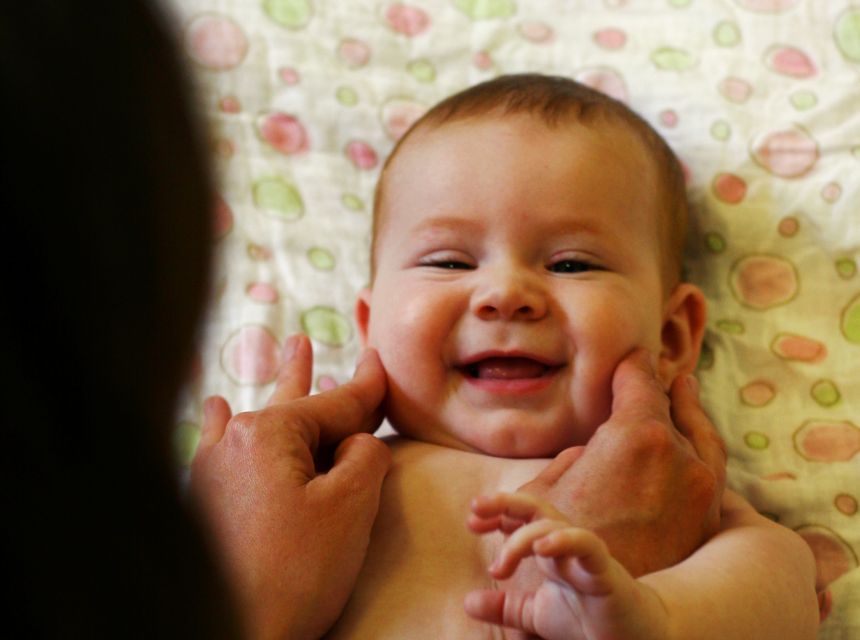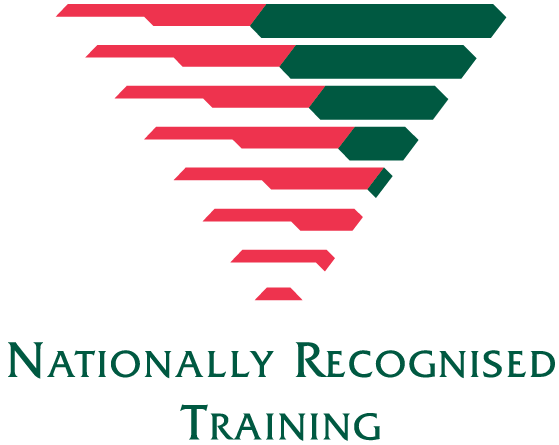The cue-based infant massage training provided by Baby in Mind, qualifies you to deliver education groups, that support and promote parent-infant interactions.

This course will equip you with the specific knowledge, skills and insights you need to deliver parent education programs in cue-based infant massage education to the national standards in delivering infant massage education to families.
You will be eligible to register with Baby in Mind as a parent educator, and to be licenced to deliver the First Touch Program to families.
The course covers a wide variety of content, and the course topics include:
Rethinking infant massage
History of infant massage in Australia
Mechanisms of high-quality infant massage education
Parent-infant communication
Talking with touch
The experience of touch
Relationship-based practice
Bonding and attachment
The authentic conversation
First Touch Program – 16 protocols and guidelines
Positioning and infant regulation
Environments to support parent-infant interactions
Supporting parent mindfulness
Oils
Infant massage routines – feet, legs, tummy, chest, arms, face, back
Gentle movements
Voice, singing, rhymes
Eye contact and facial expression
Massage for unsettled babies
Touch and the pre-term baby
Nesting and containment holds
Touch relaxation
Babies with additional needs
Adaptations for older children
The baby as teacher
Infant communication
Behavioural states
Infant cues, stress, reflexes and supporting parent sensitivity
Timing of massage
Infant crying, communication and emotion
Parent-baby group delivery
The Good Facilitator
Listening to the baby
Facilitating parent interactions
Reflection
Beginning as an educator
Engaging parents (or colleagues) in the First Touch Program
Planning promotion and marketing
Documentation
Code of Conduct
Legal issues
Professional Networking
By completion of your course, you will be able to:
1) Use a relationship-based approach to promoting parent-infant mental and physical health.
2) Facilitate parents’ capacity to sensitively communicate with their babies and to respond to their needs through massage, stroking, other forms of respectful touch, and other responsive interactions.
3) Provide and promote infant massage education in a professional manner.
4) Respond to the individual differences and diversity of families in the context of infant massage education.


